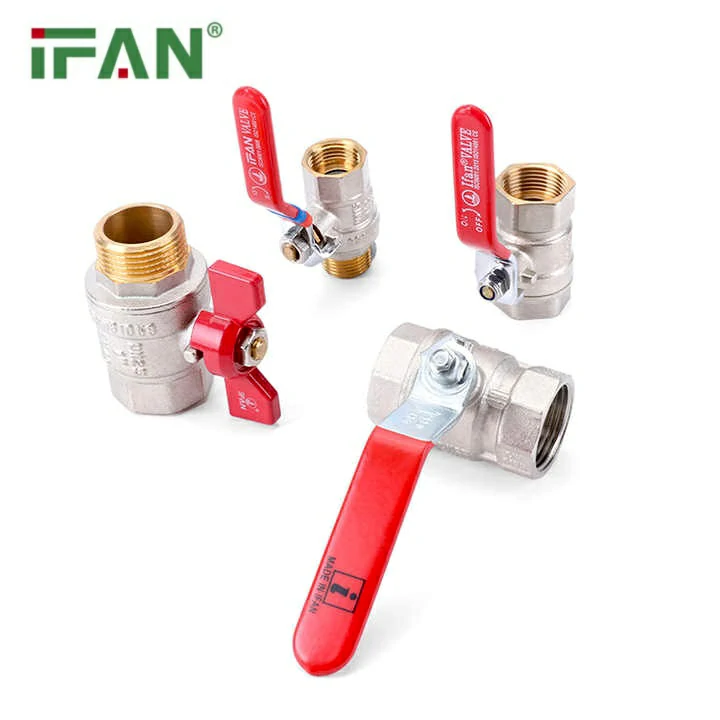Introduction
Choosing the right valve material for water systems is crucial for efficiency and longevity. Brass and stainless steel are common options, each with unique advantages. This article compares brass and stainless steel valves for water applications.
What Is a Brass Valve?
A brass valve is made from a copper-zinc alloy known for its durability and affordability. It is widely used in residential and commercial water systems. Its corrosion resistance and ease of installation make it a popular choice.
What Is a Stainless Steel Valve?
A stainless steel valve is made from an iron-carbon alloy with added chromium for corrosion resistance. It is ideal for harsh environments, such as industrial or marine applications. Its strength and longevity make it highly reliable.
Corrosion Resistance in Water Systems
Brass valves perform well in most water systems but may corrode in highly chlorinated or acidic water. Stainless steel valves excel in resisting corrosion, even in aggressive water conditions. Choosing the right material depends on water quality.
Cost Comparison
Brass valves are more cost-effective than stainless steel valves. Their lower price makes them suitable for budget-conscious projects. Stainless steel valves, though more expensive, provide long-term value in demanding environments.

Durability and Lifespan
Stainless steel valves generally offer greater durability and a longer lifespan. They withstand extreme temperatures and high pressure better than brass valves. Brass valves are durable but may require more frequent replacements in harsh conditions.
Example Use Case
In a residential water supply system, a brass valve is often preferred for its affordability and reliability. In an industrial water treatment plant, stainless steel valves are chosen for their durability and corrosion resistance.
Maintenance Requirements
Brass valves require regular inspections to prevent corrosion and wear. Stainless steel valves need less maintenance and are more resistant to damage. Proper care ensures optimal performance for both materials.
Environmental Impact
Both brass and stainless steel are recyclable materials. Brass is easier to recycle, while stainless steel’s durability reduces waste over time. Both options contribute to sustainable practices.
Conclusion
Choosing between brass and stainless steel valves for water systems depends on your specific needs. Brass valves are cost-effective and reliable for general applications, while stainless steel valves excel in harsh or aggressive water conditions. Understanding their differences helps you select the right valve for your project. By considering factors like corrosion resistance, cost, and durability, you can make an informed decision that ensures optimal performance and longevity. Proper installation and maintenance further enhance the efficiency and reliability of your water system.

